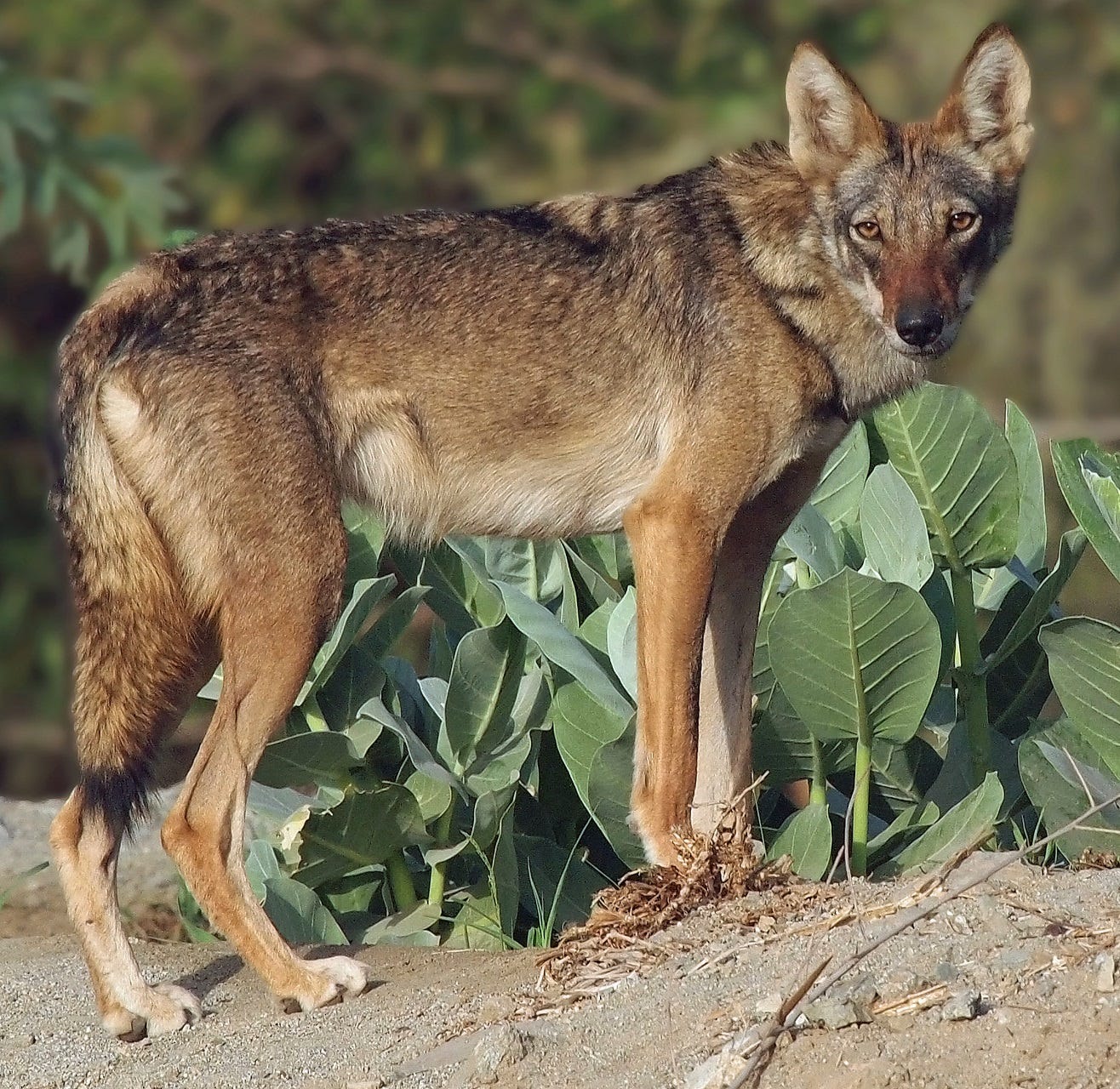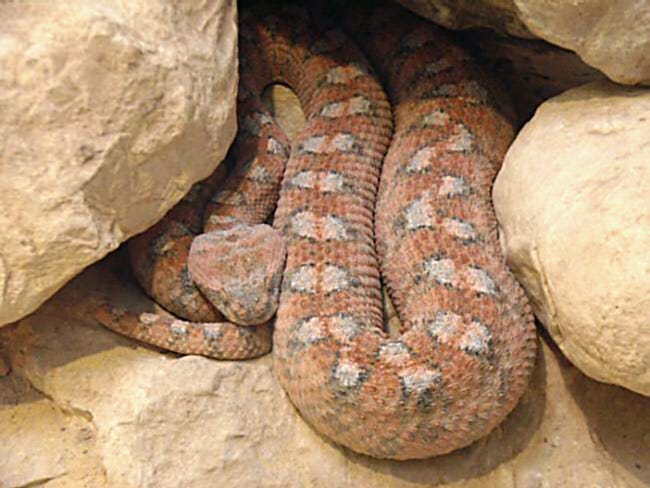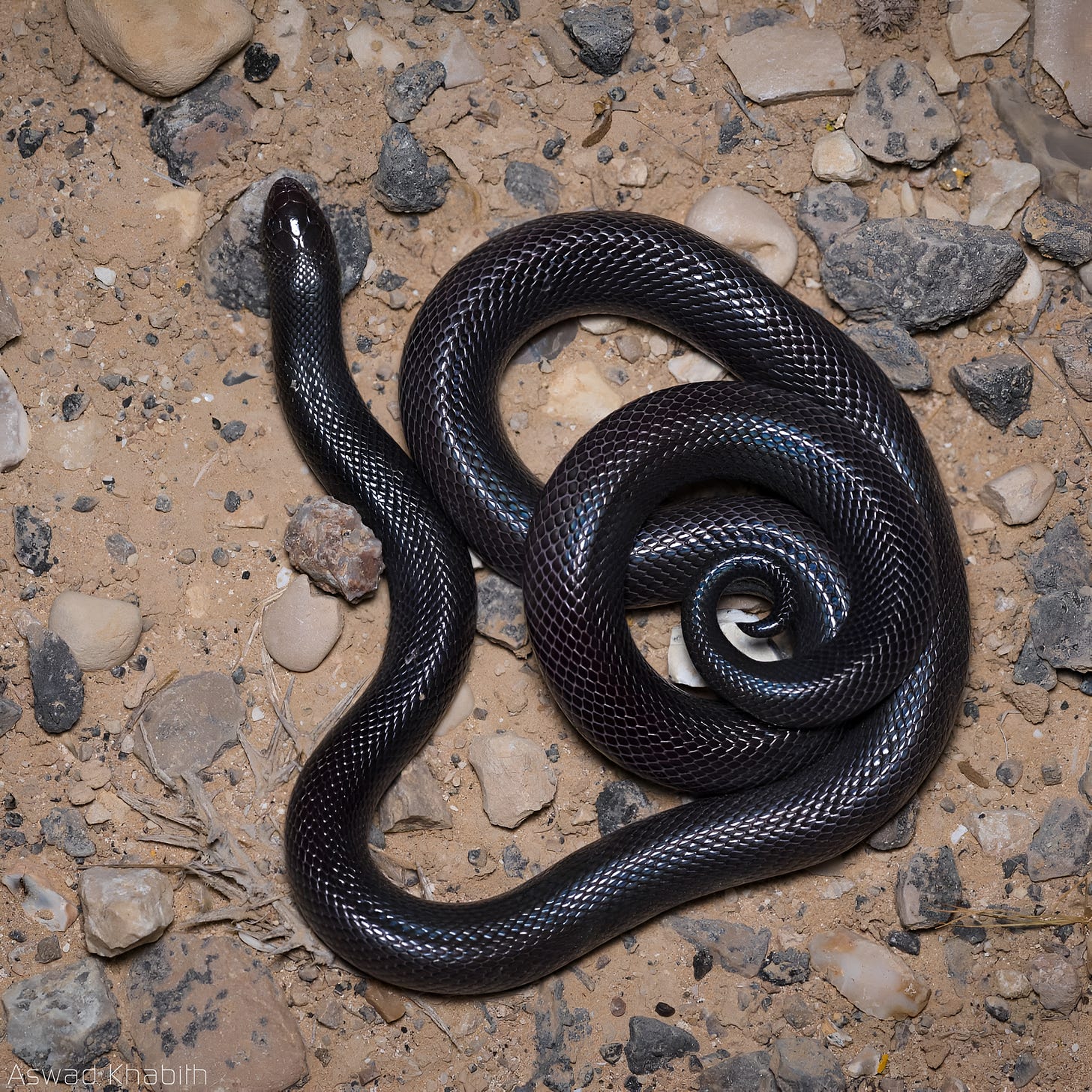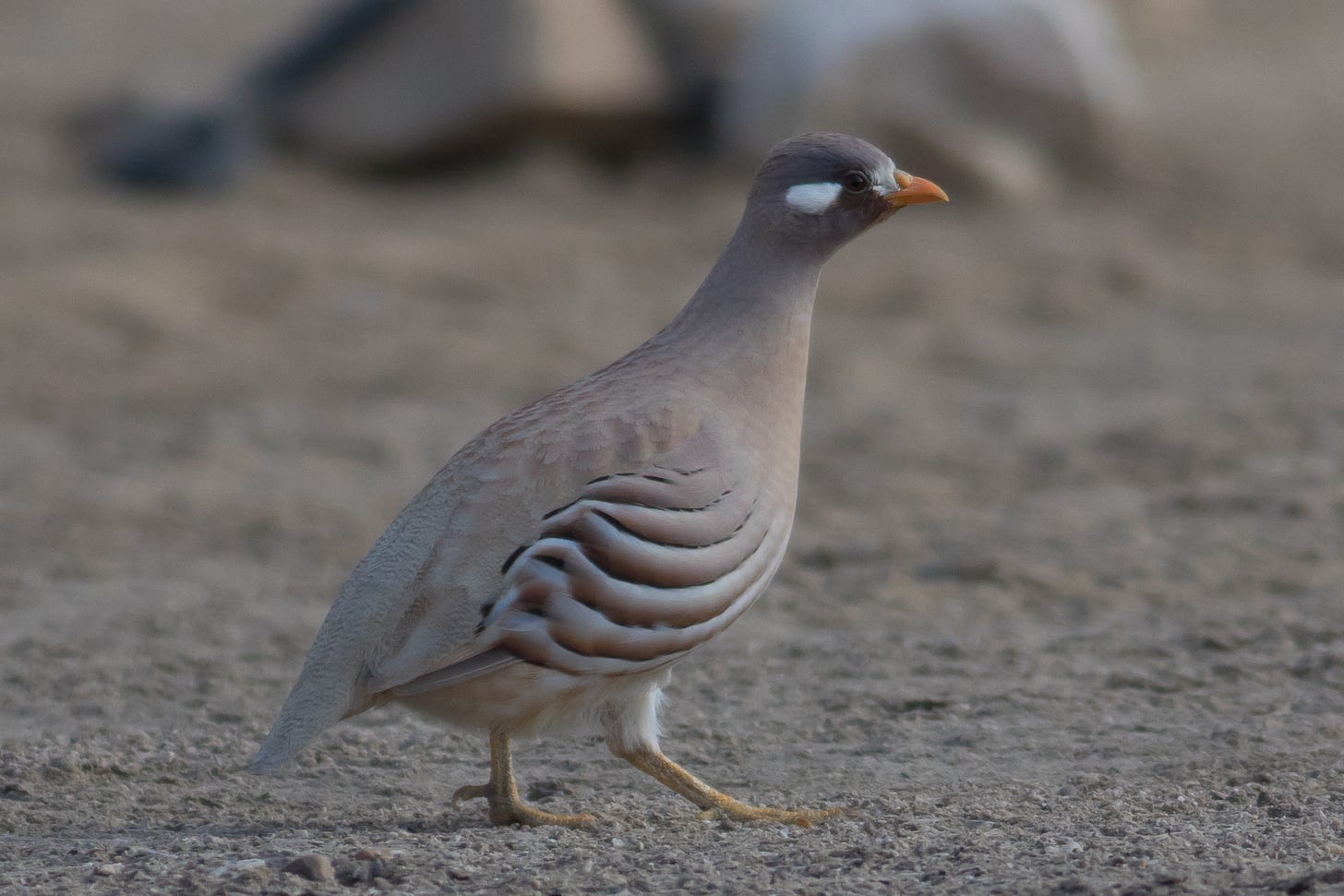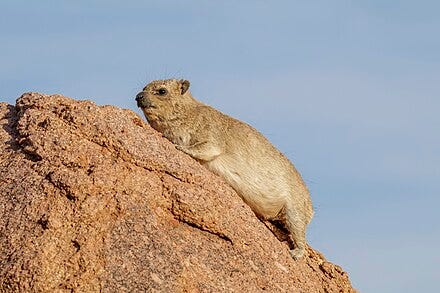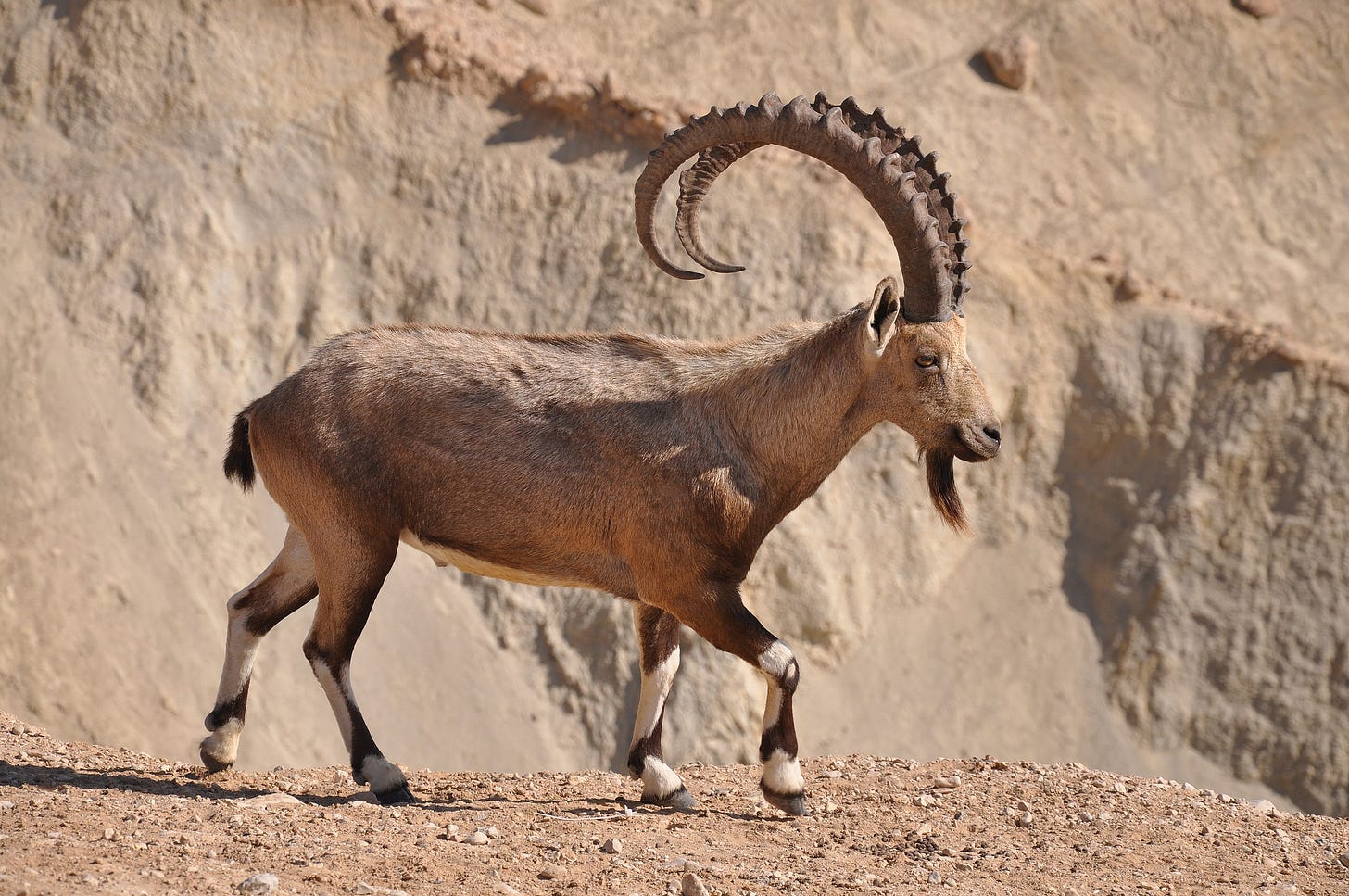Get Thee to a Wilderness (part 1), Day 1 Lenten Series Let it Grow
Day 1 of Lenten Reflections in a Let it Grow Series with Israeli biodiversity
During this lenten season, get thee to a wilderness! Ideally seek out the wildness of a federally designated wilderness, these are really unique places, but really whatever semblance of quietest nature you can find! In my own state I currently live hours from such spaces. These are the proving places, the places where we can connect to “The Great Spirit” most intuitively. The places where we take a step away from the entrappings of society.
I have heard few sermons on the value of the actual wilderness itself.
The Judean desert, where John the Baptist (“Gift of Goodwill”) lived first for thirty years before Jesus is sent there for forty days, is a formidable place— currently made increasingly more so by destructions of poverty, war, and risks of a changing climate. John is, as my kids would say, “OG,” and one of the characters I would most like to encounter— all Radagast, meets rustic rock climber, meets Steve Irwin. This eccentric, sandle-clad, fur-wearing, foraging, grass hopper crunching, monastic, very brown dude was the one preparing the way.
The Judean desert is located largely in the west bank on the eastern side of Israel from the Judean mountains to the Dead Sea. While the Judean desert itself is scarcely populated, it begins on the edge of Jerusalem, a city approaching 1 million people. This image of the area is particularly striking, but you can see in the slide show there just how sparse much of it is now, looking more like Tatooine than a habitable place.
Although the dryness is almost certainly higher and more erratic now, because the area is in a rain shadow, it was always a very dry area. However, as the area descends it moved down in annual rainfall from twenty four inches to under four. The wildlife that would have been there just over 2000 years ago captures the imagination. A life in that wilderness was a far cry from a walk in the park, or even most wilderness hikes now.
At that time there were Arabian leopards (Panthera pardus nimr)
living in the vicinity, now extirpated from that portion of the region and critically endangered. Arabian wolves (Canis lupus arabs) were also present in the area, although now in Israel they too are critically endangered.
There were also vipers amongst these rocks like the gorgeous Painted carpet viper (Echis coloratus)
and the shiny black Israeli mole viper (Atractaspis engaddensis),
both of whom are still widely distributed. Also still there are still commonly sand partridges (Ammoperdix heyi)
and rock hyraxes (Procavia capensis)
and the vulnerable Nubian ibex (Capra nubiana).
Take a walk (or many!) this Lent on the wild side and consider what it really means to be just one voice amongst the many of your local wilderness. Consider what it means to “be a voice howling in the desert.” (From the Gospel of Mark, “War Club Tells the Good Story” Chapter 1). This is not the time to be demure. What would your woke wilderness self be saying? What is strengthening you in these spaces? (Bonus points if you are actively doing strength training in the wilderness!) What stones are you called to clear, what paths are you creating? What are you called to do from your wildest self?
Note: For the last year and a half I have been exploring the First Nations Version: An Indigenous Translation (perhaps re-imagining also works) of the New Testament, to look at scriptures through a new lens. While it sometimes feels a little like something like The Message, it has been refreshing to see scripture with new eyes.
This post is from a series of lenten reflections I’m calling Let it Grow. Please like or share with others. Blessings to you as you renew your heart and seek out strength this season.



